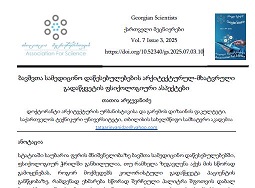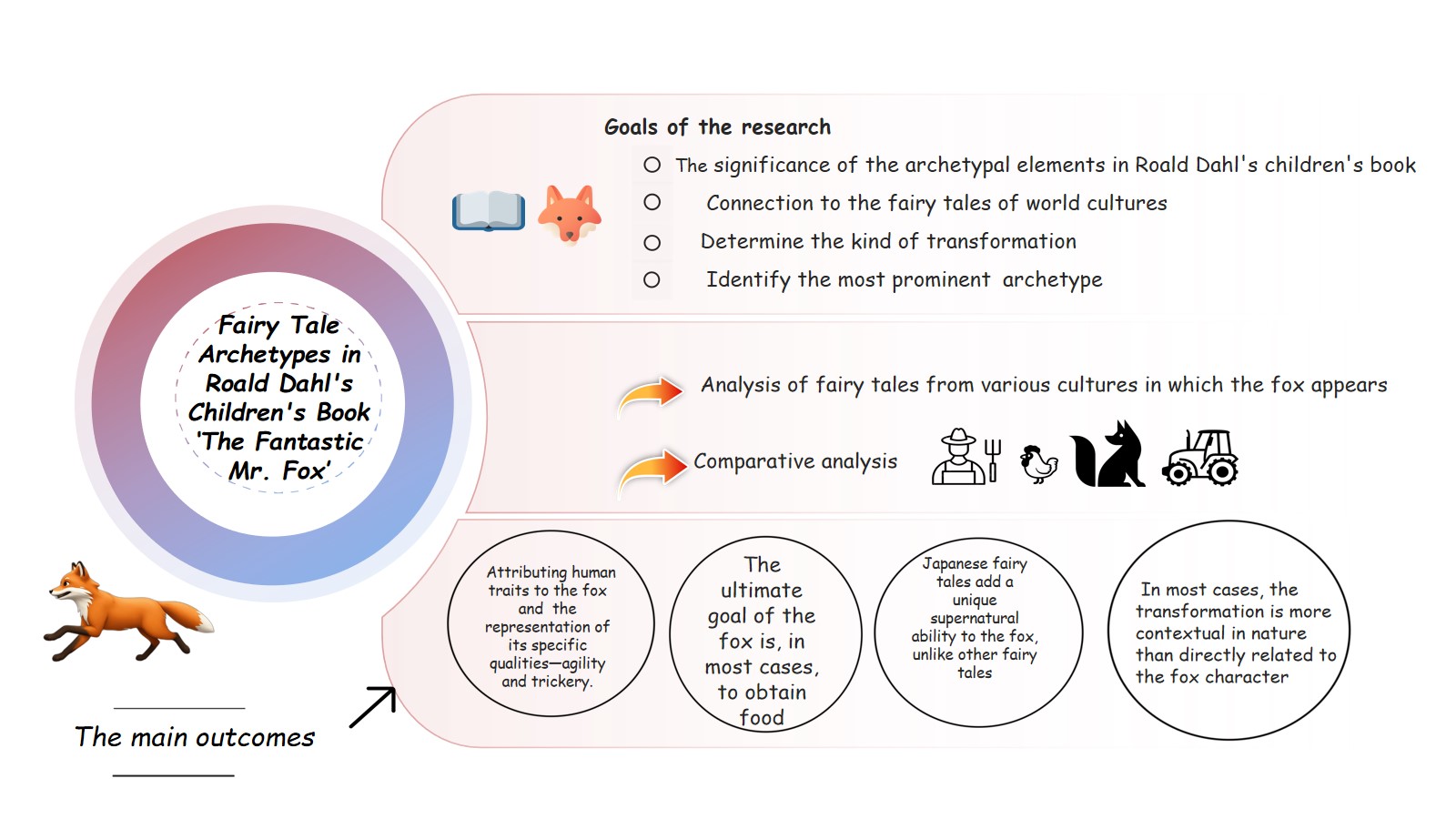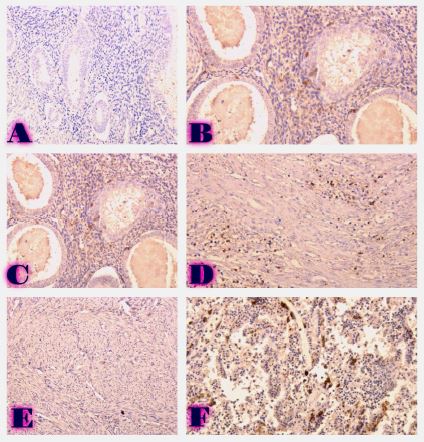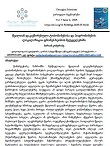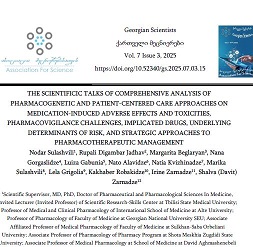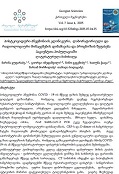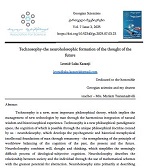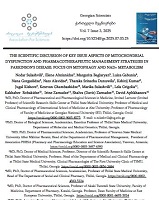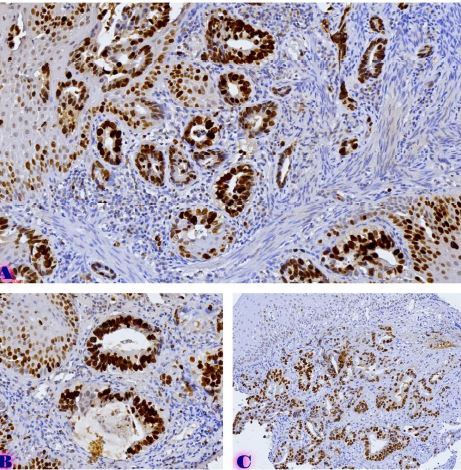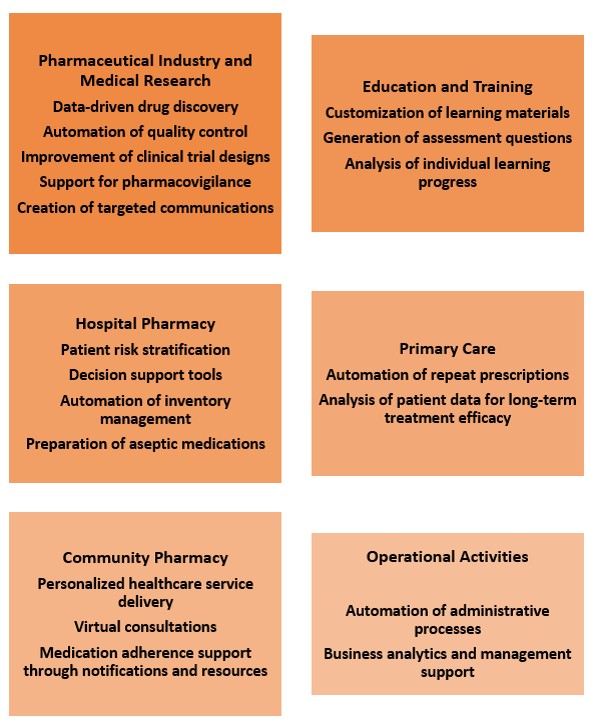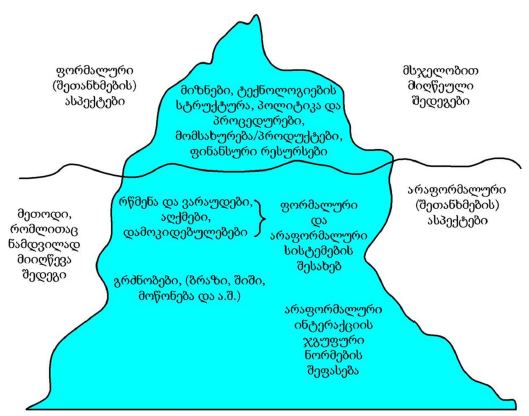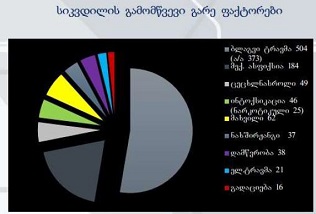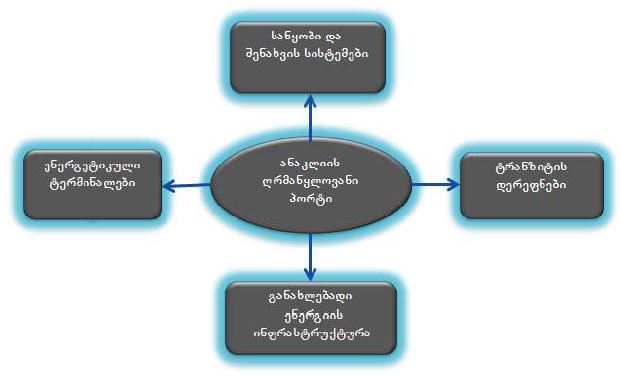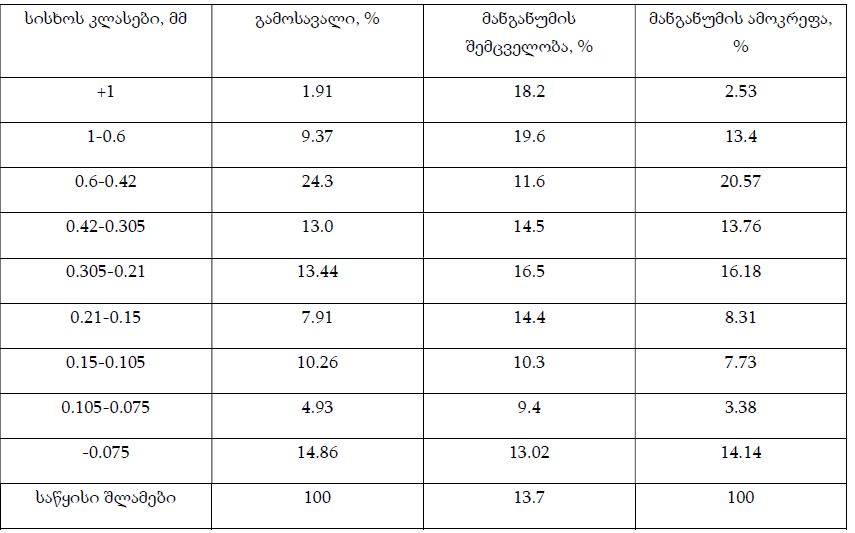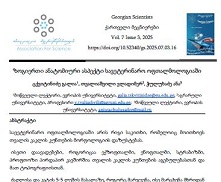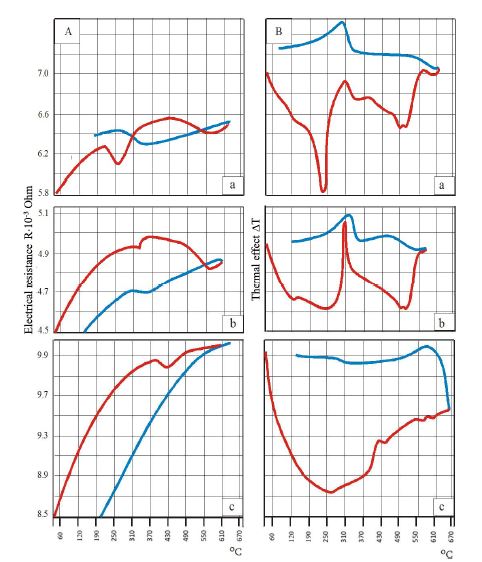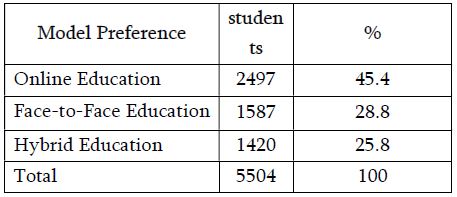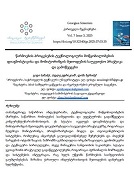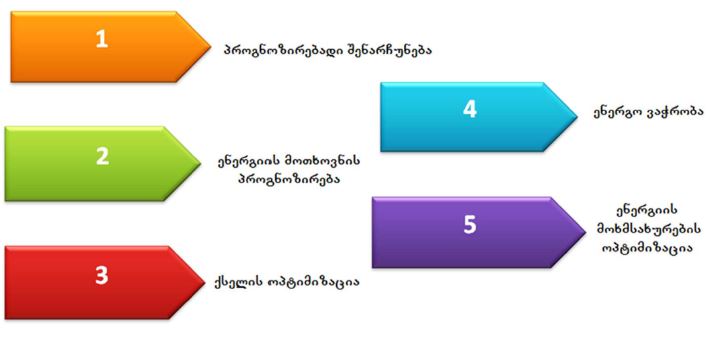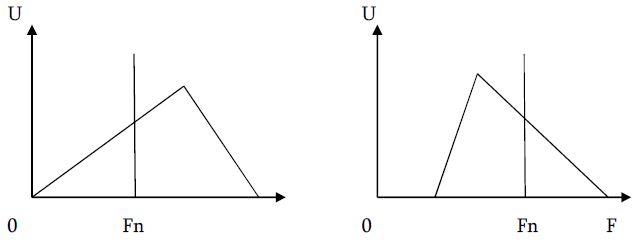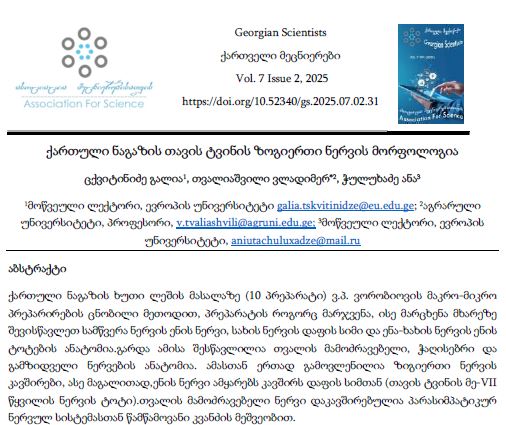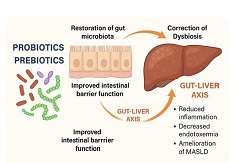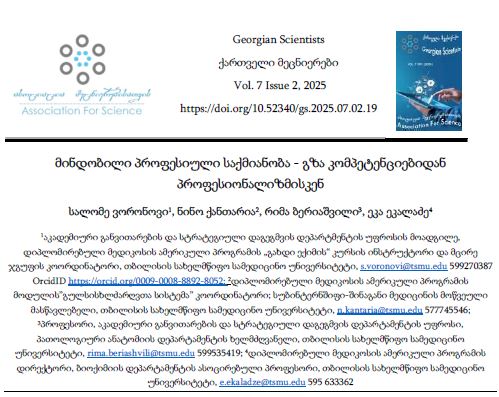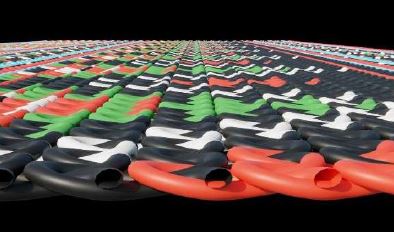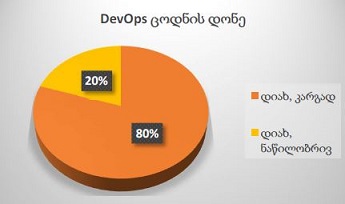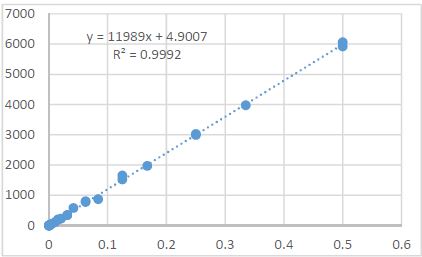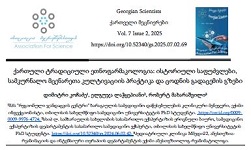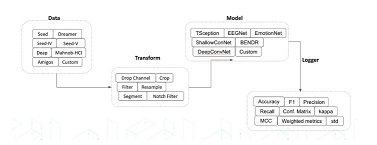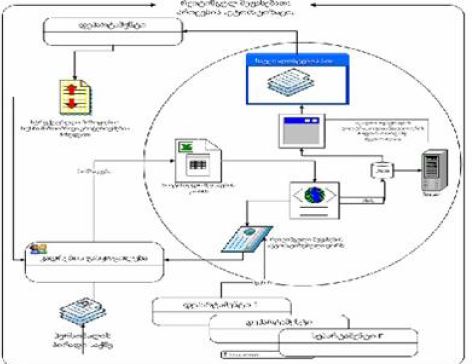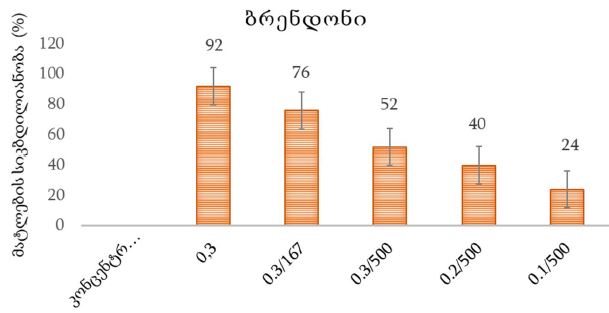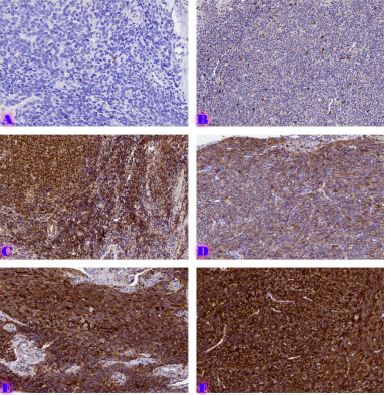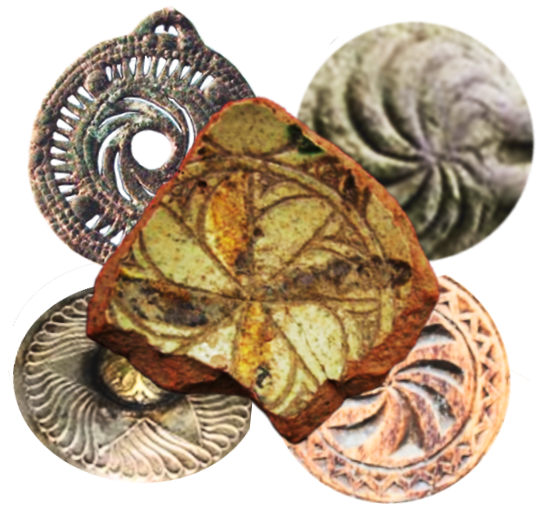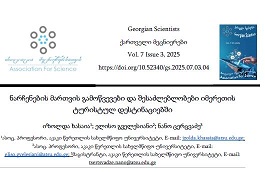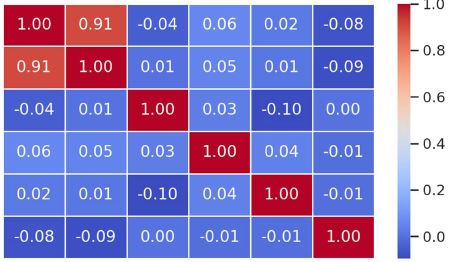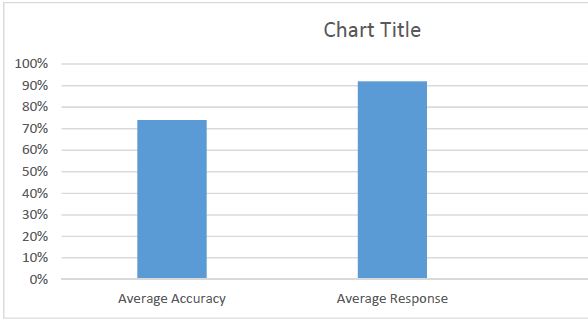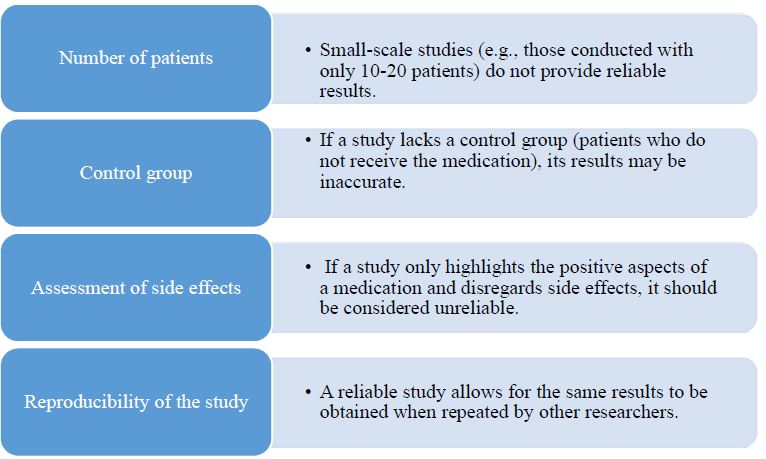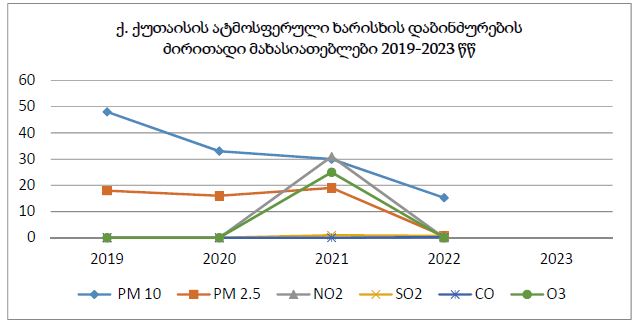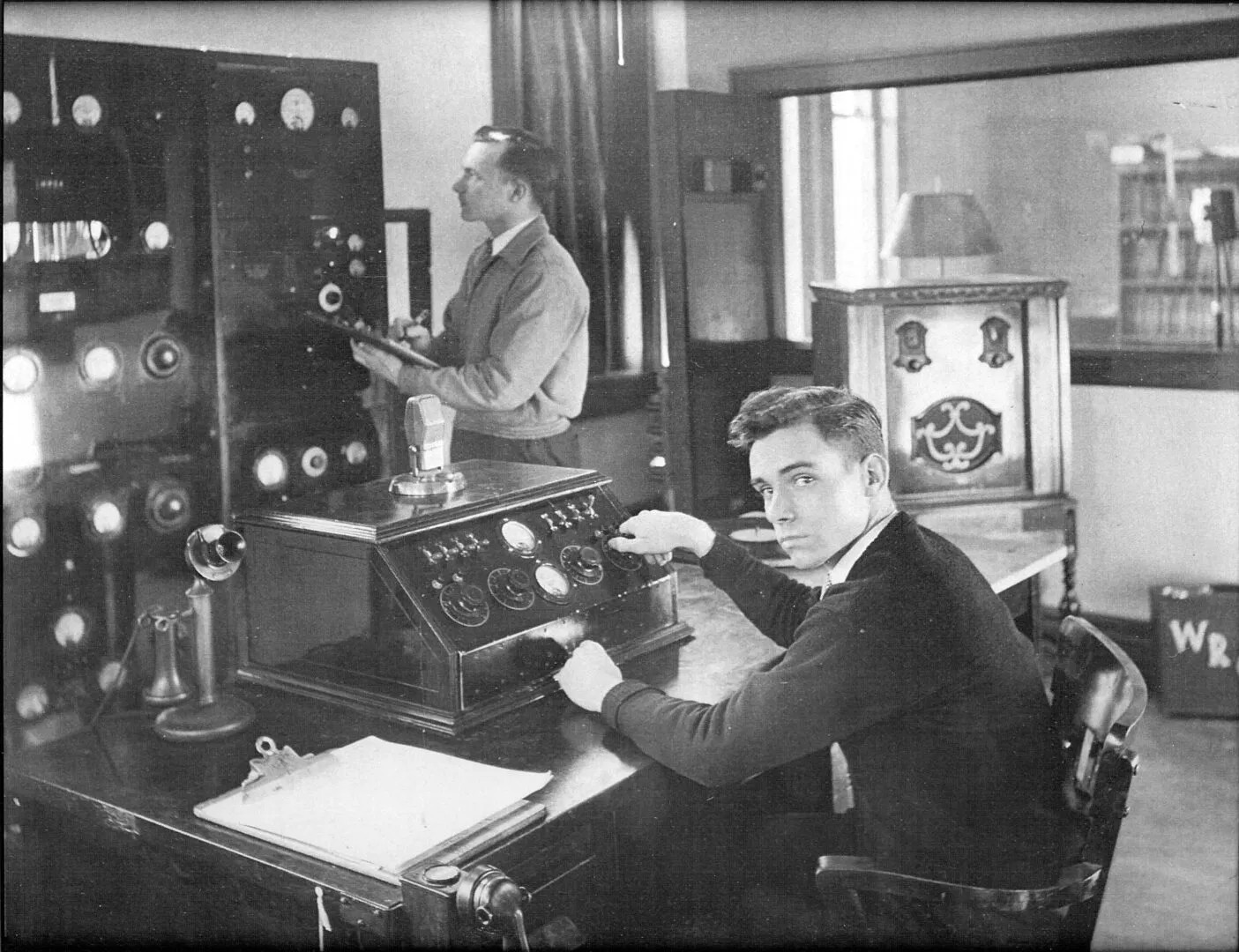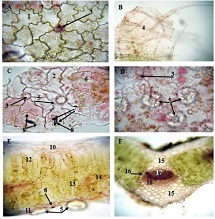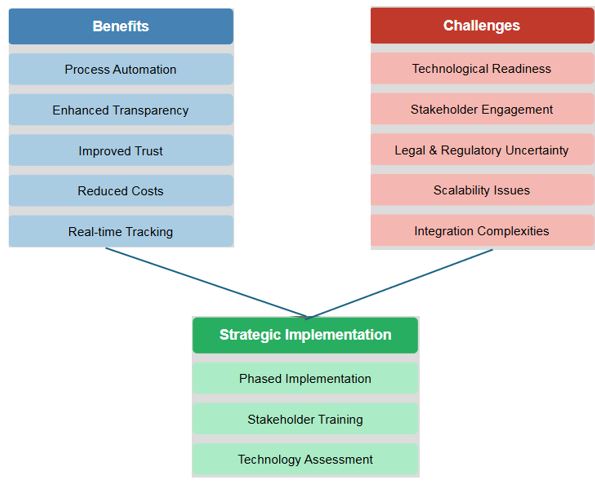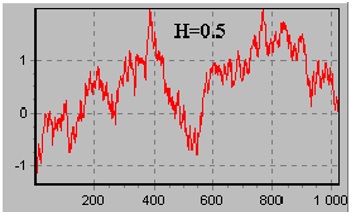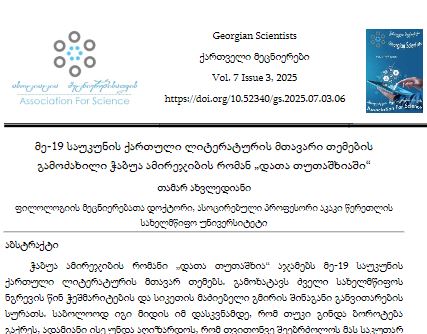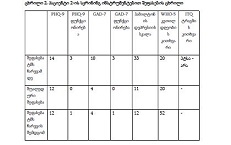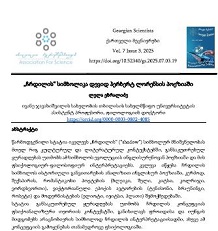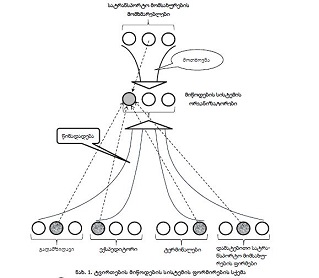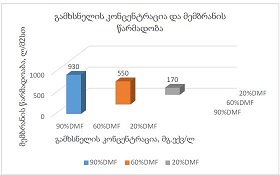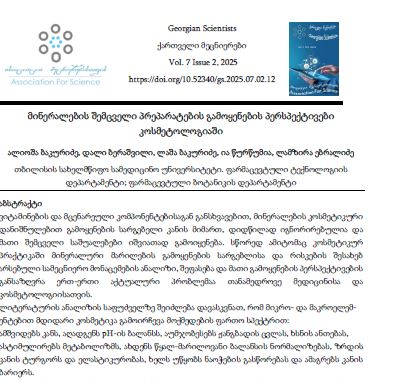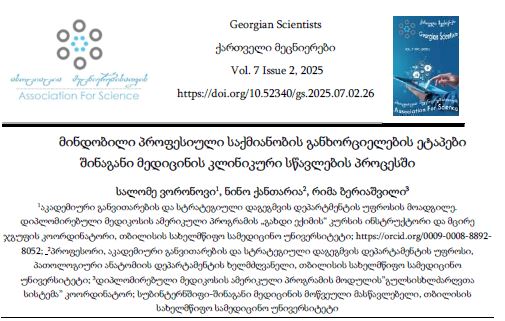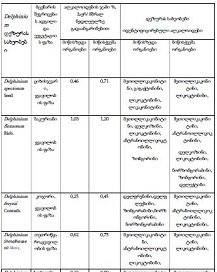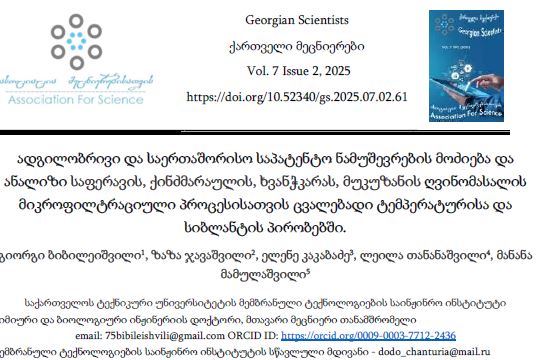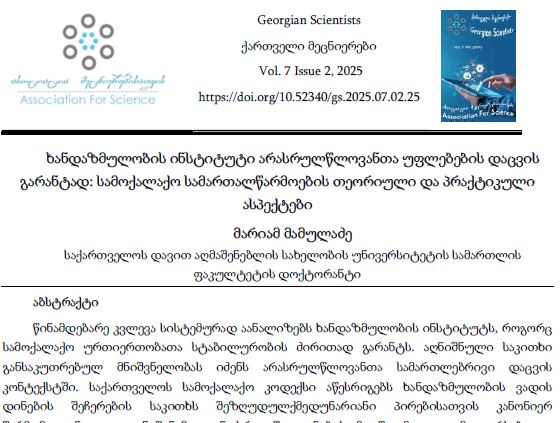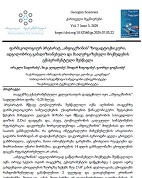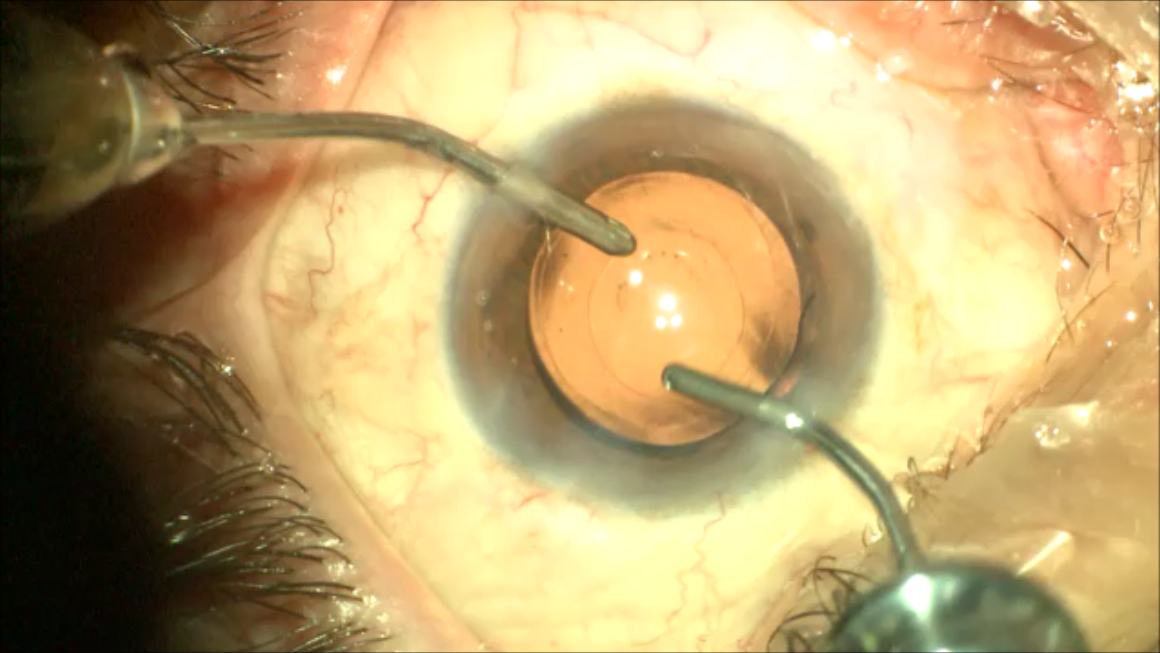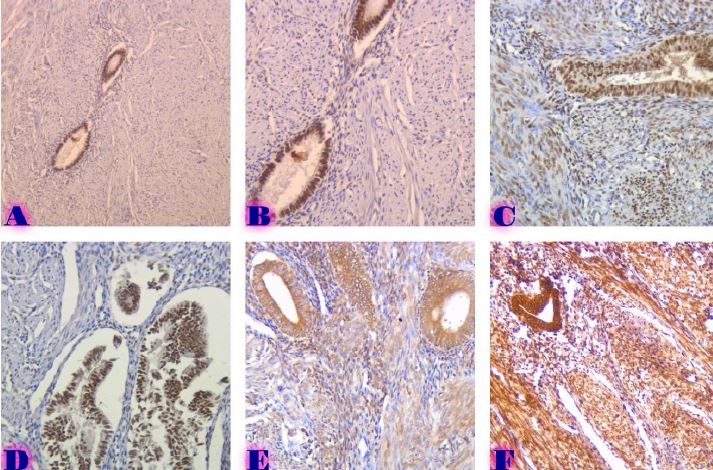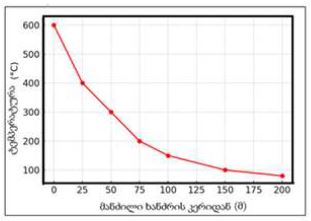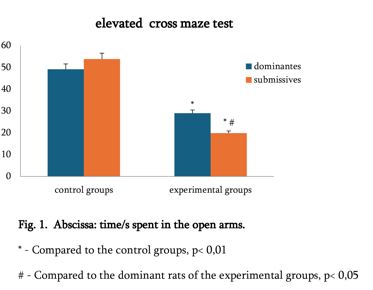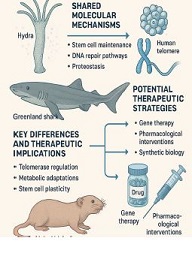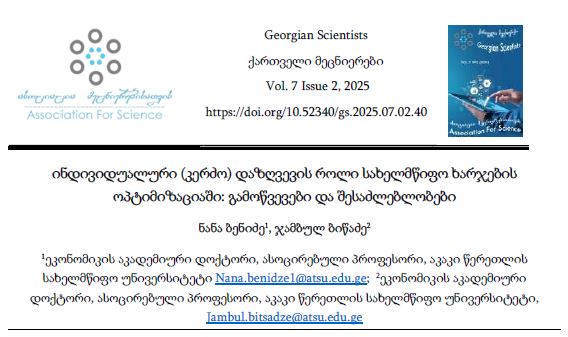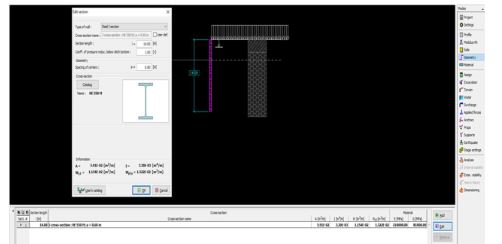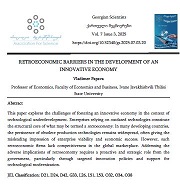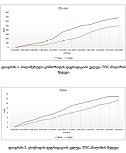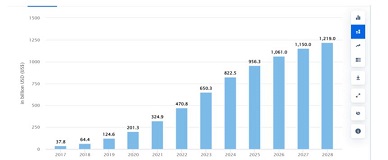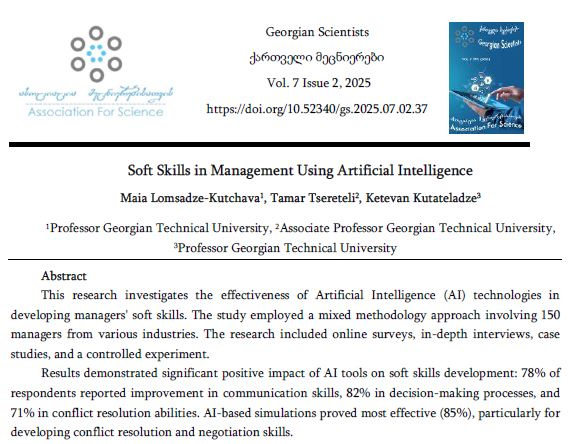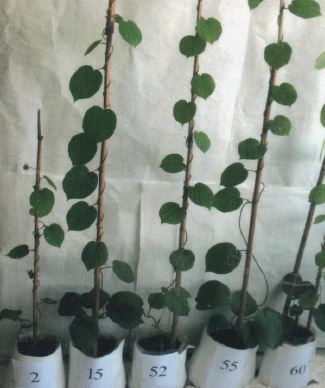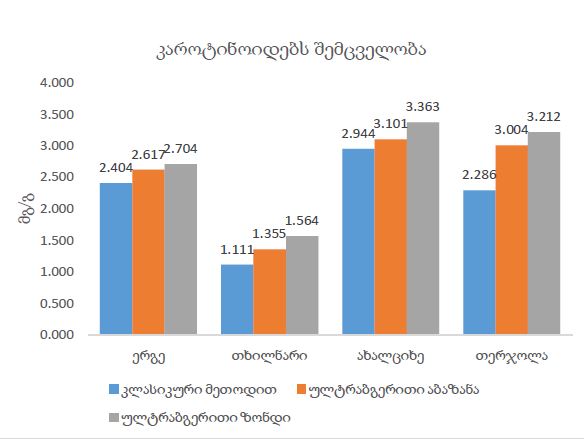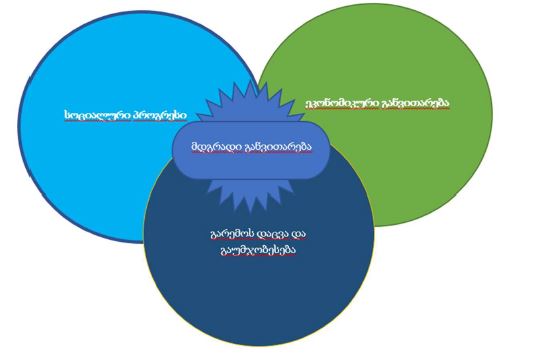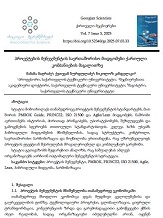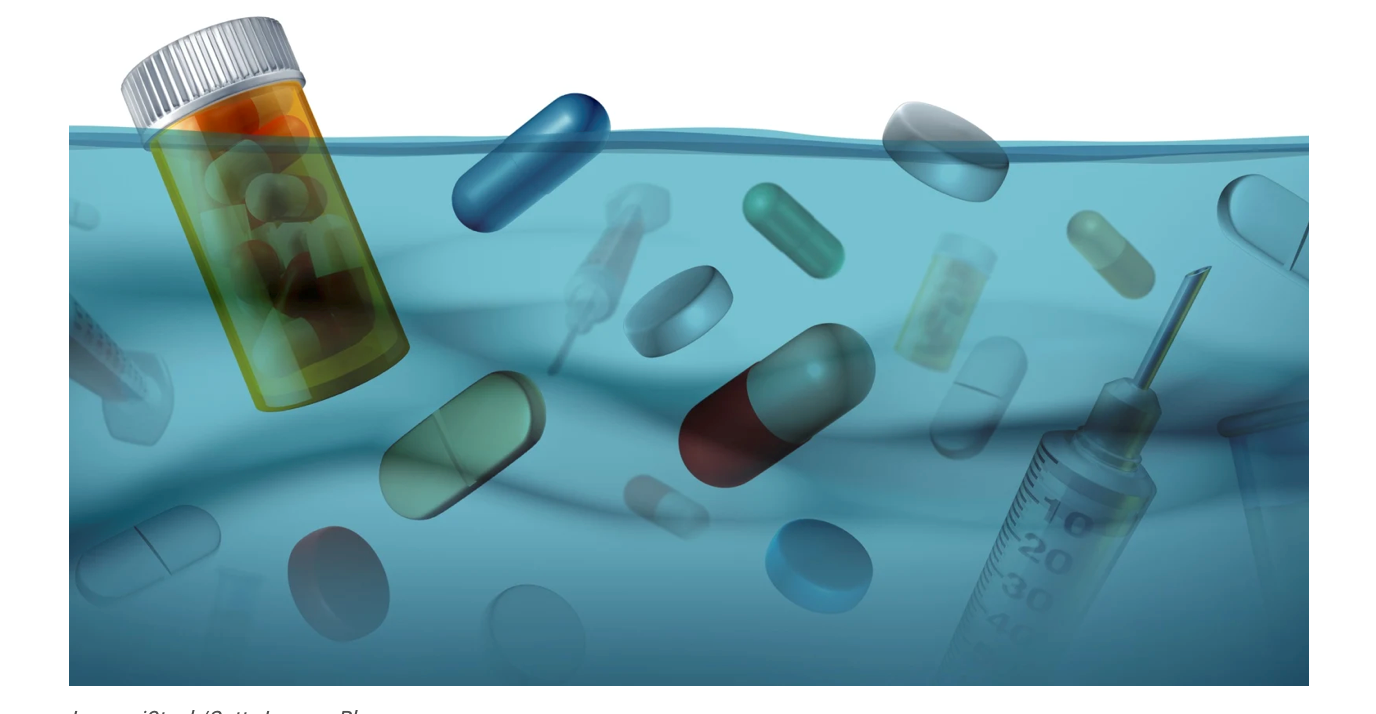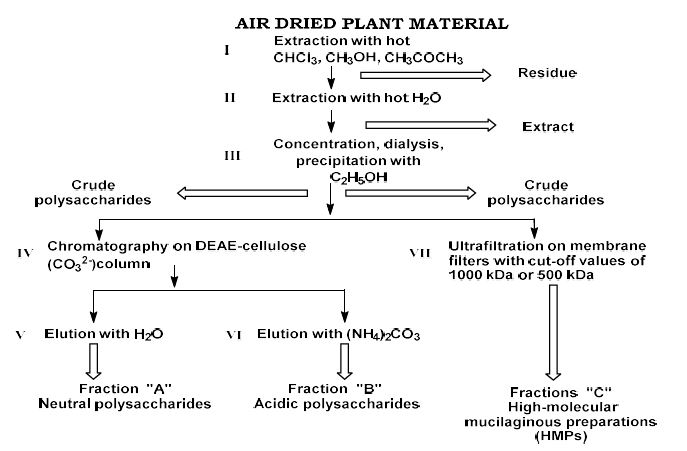A Study of Anxiety-Related Behavior under Conditions of Oxidative Stress Caused by Hydrogen Peroxide
Downloads
Any stressful situation in the body can become the cause of intense formation of free radicals. Free radicals are molecules or individual atoms that have unpaired valence electrons in their outer orbit, which are characterized by high reactivity and damage cell proteins, nucleic acids, membrane lipids, and can lead to the development of many types of pathological processes. All possible triggering mechanisms of this process have not been fully explored. It is known that under certain conditions, in response to stressogenic factors, a biologically positive reaction _ adaptive stress response develops in the body which ensures the resistance of cells to stronger (lethal) doses of the stimulating agent of this reaction. The aim of the study was to explore the influence of the hormetic phenomenon on the psycho-emotional state of anxiety which arose from the dose-response of the oxidative stress caused by hydrogen peroxide in an experiment on rats. The experiment was conducted on white male lab rats. As an experimental model of oxidative stress caused by hydrogen peroxide, we used its 0.1% and 0.2% aqueous solutions and administered them orally to animals for different durations (10 and 25 days). The psycho-emotional state of anxiety was assayed by means of the elevated plus maze. The analysis of the obtained results was conducted using the student's t-criterion.The analysis of our results allows us to note that in the experiment under the conditions of chronic action of a low dose of stressogenic factor (hydrogen peroxide H2O2 0.1%), an improvement in the psycho-emotional state of anxiety and its stable maintenance within the maximum limits of the norm can be observed, which must be caused by the influence of the hormetic response. A further increase (doubling of the "dose") of the stressogenic factor (chronic administration of 0.2% aqueous solution of hydrogen peroxide) resulted in suppression of the hormesis. It was found that in this experimental model, oxidative stress can play a positive role in the regulation of neuroplasticity and psycho-physiological adaptation.
Downloads
Metrics
საღინაძე ნ; საკანდელიძე რ.; მითაგვარია ნ. ოქსიდაციური სტრესის დადებითი და უარყოფითი ეფექტები, ანუ თავისუფალი რადიკალების მოქმედების დუალური როლი (მოკლე მიმოხილვა). საქართველოს მეცნიერებათა ეროვნული აკადემიის მაცნე, ბიომედიცინის სერია № 5-6, ტ.42, თბილისი,2016, 261-269;
ა. შალამბერიძე. რ. საკანდელიძე, ა.ქორელი. ცენტრალური მუსკარინული აგონისტისა და ანტაგონისტის გავლენა ვირთაგვების ქცევაზე ამაღლებულ ჯვარედინ ლაბირინთზე. საქართველოს მეცნიერებათა ეროვნული აკადემიის მაცნე, ბიომედიცინის სერია A, № 5-6, ტ.29, თბილისი,2003, 755-760;
Abe M.K., Chao T.S., Solway J. et al. Hydrogen peroxide stimulates mitogen-activated protein kinase in bovine tracheal myocytes: implications for human airway disease. Am J Respir Cell Mol Biol 1994; 11: 577-585.
Allen R.G, Tresini M. Oxidative stress and gene regulation. Free Rad Biol Med 2000; 28: 463-499.
Beck A.T. – Cognitive Therapy and the emotional Disorders. New York: Meridian, 1976.
Berlett B.S., Stadtman E.R. Protein oxidation in aging, desease, and oxidative stress. J Biol Chem 1997; 272: 20313-20316.
Cruz A.P.M; Frei F; Graeff F.G. – Ethopharmacological analysis of rat behavior on the elevated plus-maze. Pharmacol. Biochem. Behav; 1994, 49, 171-176.
Griebel G; Rodgers R.J; Perrault G; Sanger D.J. – Risk assessment behavior. Evalution of utility in the study of 5-HT-related drugs in the rat elevated plus-maze test. Pharmacol. Biochem. Behav; 1997, 57, 817-827.
Hoidal J.R. Reactive oxygen species and cell signaling. Am J Respir Cell Mol Biol 2001; 25: 661-663.
Jeong Y.H, Park C.H., Yoo J. et al. Chronic stress accelerates learning and memory impaiments and increases amyloid deposition in APP-CT100 transgenic mice, an Alzheimer’s disease model. The FASEB Journal, 20 (2006) 729-731.
Kunsch C., Medford R.M. Oxidative Stress as a Regulator of Gene Expression in the Vasculature. Circ Res 1999; 85: 753-766.
Lane R.D; Nadel L. – Cognitive Neuroscience of Emotion. New York: Oxford University Press, 2000.
Nielsen F., Mikkelsen B.B., Nielsen J.B. et al. Plasma malondialdehyde as biomarker for oxidative stress: reference interval and effects of life-style factors. Clin Chem 1997; 43: 1209-1214.
Pello S. Chopin P; File S.E; Briley – Validation of open: closed arm entries in an alavated plus-maze as a measure of anxiety in the rat. J. Neurosci. Methods, 1985, 14, 149-167.
Practico D., Barry O.P., Lawson J.A. et al. IPF2α-I: An index of lipid peroxidation in humans. Proc Natl Acad Sci USA 1998; 95: 3449-3454. Yoshikawa T., Naito Y. What is oxidative stress? JMAJ, 45 (2002) 271-276.
Reiter R.J. Melatonin: Lowering the High Price of Free Radicals. News Physiol Sci 2000; 15: 246-250.
Ristow M, Schmeisser S. Extending life span by increasing oxidative stress. Free Radic Biol Med. 51 (2011) 327-336 0
Sakandelidze R.; Saginadze N., Mitagvaria N. - Поведенческие эффекты оксидативного стресса. Georgian Medical News; №3 (240) March 2015; p. 78-82;
Townend J. – Practical Statistics for Environmental and Biological Scientists. Chichester, England: John Willy and Sond, 2003.
Yoshikawa T., Naito Y. What is oxidative stress? JMAJ, 45 (2002), 271-276.
Розанцев Э.Г., Шолле В Д. Органическая химия свободных радикалов. М., 1979
Эммануэль Н.М. Цепные реакции окисления углеводородов в жидкой фазе. М, 1965.

This work is licensed under a Creative Commons Attribution-NonCommercial-NoDerivatives 4.0 International License.





